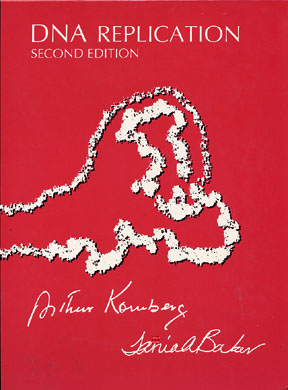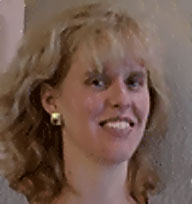
DNA Replication, Second Edition
Often imitated but never rivaled, DNA Replication, Second Edition, regarded around the world as a classic of modern science, is now back in print in a paperback edition.
Summary
Often imitated but never rivaled, DNA Replication, Second Edition, regarded around the world as a classic of modern science, is now back in print in a paperback edition. Kornberg and Baker’s insightful coverage of DNA replication and related cellular processes have made this 1992 edition the standard reference in the field.
Resources
Table of Contents
Chapter 1: DNA Structure and Function
Chapter 2: Biosynthesis of DNA Precursors
Chapter 3: DNA Synthesis
Chapter 4: DNA Polymerase I of E. coli
Chapter 5: Prokaryotic DNA Polymerases Other Than E. coli Pol I
Chapter 6: Eukaryotic DNA Polymerases
Chapter 7: RNA Polymerases
Chapter 8: Primases, Primosomes, and Priming
Chapter 9: Ligases and Polynucleotide Kinases
Chapter 10: DNA-Binding Proteins
Chapter 11: DNA Helicases
Chapter 12: Topoisomerases
Chapter 13: Deoxyribonucleases
Chapter 14: Inhibitors of Replication
Chapter 15: Replication Mechanisms and Operations
Chapter 16: Genome Origins
Chapter 17: Bacterial DNA Viruses
Chapter 18: Plasmids and Organelles
Chapter 19: Animal DNA Viruses and Retroviruses
Chapter 20: Regulation of Chromosomal Replication and Cell Division
Chapter 21: Repair, Recombination, Transformation, Restriction, and Modification
Chapter 22: Synthesis of Genes and Chromosomes
Reviews
“Together, the authors have created a text that should become a classic in science. DNA Replication is much more than a summary of the field: it is an excellent reference book on DNA and nucleic-acid enzymes, and every molecular laboratory should have a copy for easy access to the principles underlying today’s DNA technology…The book is an excellent resource for graduate teaching and should also be a useful source of background material for undergraduate courses in biochemistry…In areas that I know best, I was impressed by the accuracy of the information and the thoughtfulness of the discussions.”
-Nature, Review by Sue Wicker, NIH
“Authoritative yet lucid accounts of a dynamic and ever-expanding field…students and experts alike should benefit from having a desk copy.”
-J. Wang, Harvard University


